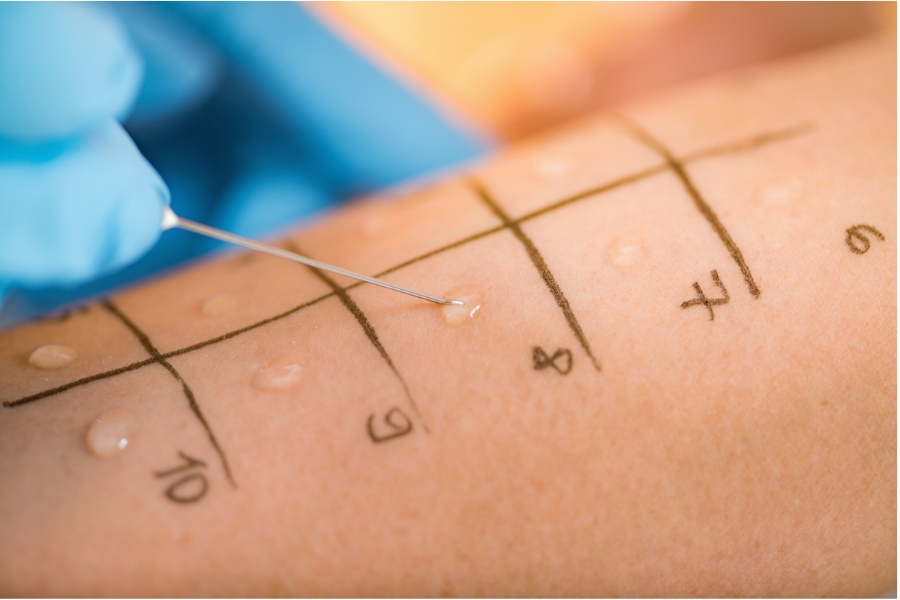Unveiling the Mystery of Skin Prick Tests: All You Need to Know
In the realm of modern medicine, diagnostic tools and techniques are constantly evolving to ensure accurate and efficient identification of various health conditions. One such tool that has gained prominence is the skin prick test, a diagnostic procedure used to diagnose allergies. This blog post aims to demystify the skin prick test, shedding light on its purpose, procedure, benefits, and limitations.
Understanding the Purpose:
The skin prick test, also known as a puncture or scratch test, is primarily used to diagnose allergies. It’s a quick and relatively simple way to determine if a person’s immune system reacts to specific allergens. These allergens could range from pollen and pet dander to certain foods like nuts or seafood. By identifying these triggers, healthcare professionals can tailor treatment plans and advice to manage allergic reactions more effectively.
The Procedure:
The skin prick test involves introducing a small amount of allergen extract into the skin’s surface through a tiny puncture or scratch. Here’s how the procedure generally unfolds:
- Preparation: Before the test, inform your doctor about any medications you’re taking, as some drugs might interfere with the results. Antihistamines, for instance, could suppress allergic reactions.
- Selection of Allergens: Based on your medical history and suspected allergens, your healthcare provider will select a panel of allergens for testing. Common allergen categories include environmental allergens (pollen, dust mites, mold), animal allergens (pet dander), and food allergens (nuts, eggs, milk).
- Test Application: A small drop of each allergen extract is placed on your forearm or back. Then, a sterile lancet is used to prick or scratch the skin’s surface, allowing the allergen to enter.
- Observation: The test area is closely monitored for about 15 to 20 minutes for any signs of an allergic reaction. Reactions may include redness, swelling, or itching at the test site.
- Interpretation: The size of the skin reaction is measured, and the results are recorded. A larger reaction indicates a stronger sensitivity to that particular allergen.
Benefits and Limitations:
The skin prick test offers several advantages:
- Speed: Results are typically available within 20 minutes, allowing for swift diagnosis and treatment planning.
- Accuracy: It’s considered one of the most reliable methods for diagnosing allergic reactions.
- Non-Invasiveness: The procedure is minimally invasive and generally well-tolerated by most patients.
- Cost-Effectiveness: Compared to other allergy tests, the skin prick test is relatively affordable.
However, there are limitations to consider:
- False Positives and Negatives: False positives can occur if a skin reaction is triggered by factors other than an allergy. False negatives might occur if the patient is on antihistamines or has skin conditions affecting the test area.
- Risk of Reactions: While rare, there’s a slight risk of more severe allergic reactions during the test, especially in highly sensitive individuals.
- Limited Allergens: The test can only evaluate a predetermined panel of allergens, potentially missing less common triggers.
- Expertise: Proper administration and interpretation of the test require skilled healthcare professionals.
Conclusion:
The skin prick test plays a pivotal role in diagnosing allergies and helping individuals manage their allergic reactions more effectively. Its simplicity, speed, and accuracy make it a valuable tool in the world of modern medicine. If you suspect you have allergies or want to understand your body’s reactions better, consulting with a qualified allergist and considering a skin prick test could provide the insights you need for a healthier and more comfortable life. However, it’s important to remember that no single test can provide a comprehensive picture of your health, so working closely with medical professionals is key to accurate diagnosis and personalized care.


Comments
Post a Comment